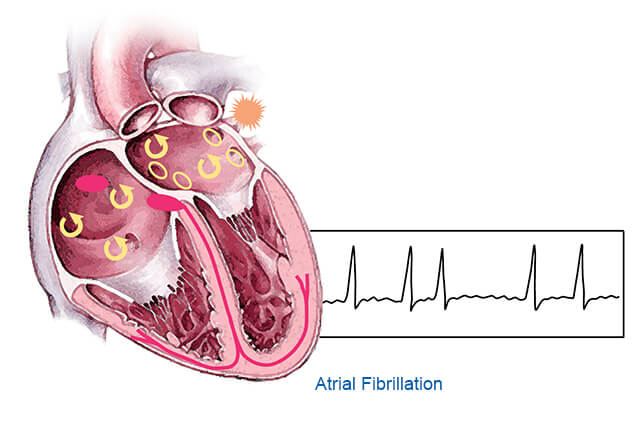
Medicare and Medicaid are two government-run healthcare programs. Medicare is for people over the age of 65 or those with a qualifying disability, while Medicaid is run by each state and eligibility depends on income.
Despite the differences, both programs cover similar services. This article will explore the core differences between the two and how they might affect you.
Medicare
Medicare and Medicaid may sound similar, but they are two different government health insurance programs. Medicare is a national health program for people over age 65, and some younger adults with disabilities or end-stage renal disease. It’s funded by the federal government, and its benefits are standardized across the country.
Medicaid is a joint state-federal program that helps with the cost of health care for people with low incomes. It provides a range of services, including nursing home coverage, as well as help paying for Medicare premiums and costs. It is available to eligible families, individuals and couples.
Many seniors have both Medicare and Medicaid coverage, which is called being “dual eligible.” This occurs when a person meets the age or disability requirements for Medicare and the income and resources limits for Medicaid. People with dual eligibility typically get their prescription drug coverage through Medicare Part D, while Medicaid covers other costs like ambulance services and hospital stays.
Original Medicare, also known as Parts A and B, offers a standardized set of benefits, which include hospitalization, doctor visits, and lab work. Individuals can choose to add Part C Medicare Advantage plans, which are offered by private insurers and follow federal rules, or Part D Medicare drug coverage. They can also buy supplemental insurance, which is called Medigap, to help pay for some of the costs that are not covered by Medicare.
The Medicare program is run by the federal government, while Medicaid is managed at the state level. This is why Medicare benefits and costs are the same across the country, while Medicaid benefits and costs vary by state. In fact, there are still 11 states that haven’t expanded their Medicaid program to cover all people earning up to 138% of the poverty level. This leaves some elderly people without any realistic health insurance coverage options. To avoid this, individuals should look into Medicare Advantage and Medicare Part D coverage to fill in the gaps in their coverage.
Medicaid
Though they share some of the same names, Medicare and Medicaid are not identical programs. The main difference is that Medicare is a government insurance program for people 65 and older or those under 65 with a qualifying disability. Medicaid is a state and federal assistance program that offers health care for those with low incomes. While states can vary in their rules, they are required to cover certain groups, including families with children, individuals receiving Supplemental Security Income (SSI) and qualified pregnant women.
The two programs also differ in the types of coverage offered. While most people enroll in Original Medicare, which consists of Parts A and B, other options include Medicare Advantage, private Medicare Advantage plans, medical savings accounts, and special needs plans.
Medicare Advantage plans are privately run plans that typically replace the hospital and outpatient coverage offered by Parts A and B. These plans can include extra benefits, such as hearing and vision, and offer flexible network options. Some of these plans have a monthly premium. However, deductibles, copayments and coinsurance still apply.
There are also Medicare Advantage plans that offer additional health services, such as wellness visits and physical therapy. Private Medicare Advantage plans may also have different fee schedules and payment rates. These plans can be a great option for those who are interested in supplemental health services, but are not yet eligible for Medicaid.
The final major difference is that Medicare is a government-funded program, while Medicaid is managed at the state level and based on income. Most states use Managed Care Organizations to deliver Medicaid services, which allows them to offer flexible networks and tailored benefits for specific populations. People who qualify for both Medicare and Medicaid are often referred to as dual-eligible. In fact, more than 12 million people are enrolled in both Medicare and Medicaid. This is because the two programs are structured so that they work together to provide health care coverage for those who need it most.




